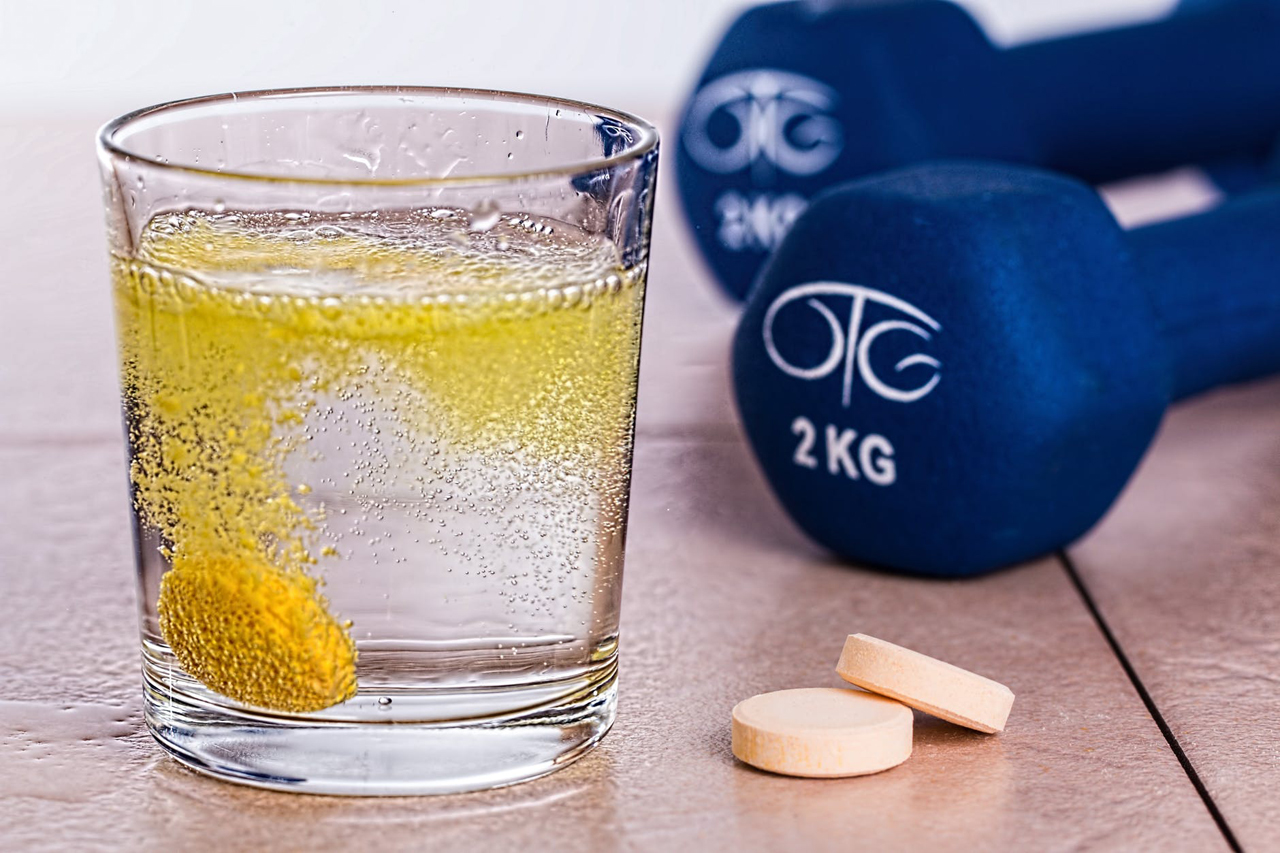
Me – “13!”
Me – “That’s the highest reading I’ve ever heard of. What meds are they going to put you on?”
My dad – “No, no, I told the doctor I don’t need them”
Me – “But your total cholesterol is nearly 3 times the recommended values!”
My dad – “I told the doctor that when I come back in a year if my numbers weren’t normal, I’ll take the medication”
My dad had flipped the script.
That happened about 15 years ago.
As a Cardiac and Exercise physiologist, the principles behind my dad’s decision sat extremely comfortably in my mind.
Pills aren’t the only way
The benefits of cardiovascular (CV) risk modification and adherence to behavioral recommendations are on par with preventative medications (1). However, I was conditioned into believing all ailments are treated most effectively by well researched and trialed CV pills.
Side effects
Statins especially are some of the most prescribed cardiovascular medicines in the world (2). Their effectiveness is well documented but their side effects, not so much (3). Muscle pain, headaches, and abdominal cramps are amongst the more common issues associated with these cholesterol-lowering drugs. Yet, automatically, GPs and specialist doctors prescribe them for the even the mildest increases in blood fats.
The same is true for blood pressure pills, heart rhythm and anti-clotting agents (4). CV drug interactions with other medications are also of concern (5) and add additional risk in prescribing medications as a matter of course.
I’m not suggesting that my dad was privy to all of this research, but as an active and sporty man, he understood the basics required to reduce his cholesterol.
Motivation and know how
In fact, we all know what is required to reduce cholesterol e.g. decrease blood pressure: lose a few kilos, reduce stress levels, exercise, and diet, etc. But, a lot of us not only fail to recognize that we need to modify our CV risk factors (6) but lack the skills, knowledge and most importantly, motivation to implement effective strategies (7).

Challenge your doctor
‘Flipping the script’, as I call it, is offsetting your doctor’s automatic scripting of popular CV medications and negotiating a timeframe in which to achieve the goal via alternative behavioral strategies. Quite a mouthful, but this methodology is highly effective in providing the necessary motivation to aim for a reduced or even pill-free lowering of CV risk.
Just do it
So what did my dad do? How did he reduce his total cholesterol from 13 mmol/l to under 6 mmol/l in 12 months? (Yes, he actually did do this, no statins!) Well, with the motivation of not wanting to start medications with unpleasant potential side effects, he started a regimen of regular exercise and cut out the foods known to increase blood fats. Simple.
What the HDL/LDL!
On top of that, he started to eat foods known to increase HDLs (High-Density Lipoproteins or ‘good fats’) and decrease LDLs (Low-Density Lipoproteins or ‘bad fats’).
This ratio of HDLs/LDLs is another important consideration, alongside Total Cholesterol, in maintaining healthy blood fats and therefore reducing the risk of heart attack/myocardial infarction (MI), stroke and peripheral vascular disease.
When these fatty deposits develop in your arteries, they not only accumulate in your coronary arteries (the ‘fuel lines’ that supplies your heart with oxygenated blood), but also in the cerebral arteries to your brain, and the peripheral arteries to the limbs. In addition, research has linked elevated cholesterol to Alzheimer’s Disease and dementia(8).
Flip the script
So, flipping the cholesterol script involves 5 key steps:
- Initial blood test. Discussion with your doctor about results and effective strategies to reduce total cholesterol/LDLs and increase HDLs
- Negotiation with your doctor and creating a timeframe in which you endeavor to reduce total cholesterol /LDLs and increase HDLs – drug-free
- Using the motivation of unwanted side effects and drug dependency to commence a program of regular exercise and diet modification
- Maintenance of your ‘flip the script’ program for the duration
- Retest and discussion with your doctor about the newest results and ongoing strategy
Talk to your doctor
As can be seen from above, talking with your doctor, or medical professional is a must when commencing any type of flipping the script program. In fact, any significant lifestyle modification should be run past your physician before you start
The American Heart Association suggests at least 40 minutes worth of moderate to vigorous exercise at least three to four times a week to have a cholesterol-lowering effect.
Reducing cholesterol is one example of a ‘flip the script’ strategy that can be implemented. The above steps can be replicated with blood pressure medications (anti-hypertensives) and some heart rhythm medications.
Whilst flipping the script completely with issues such as elevated cholesterol, high blood pressure (hypertension) and some heart rhythm disturbances can be highly effective, extremely beneficial and most importantly safe, there are some CV markers that are most effectively treated solely with medication or in tandem with a ‘flip the script’ strategy. Again, medical guidance is recommended.



